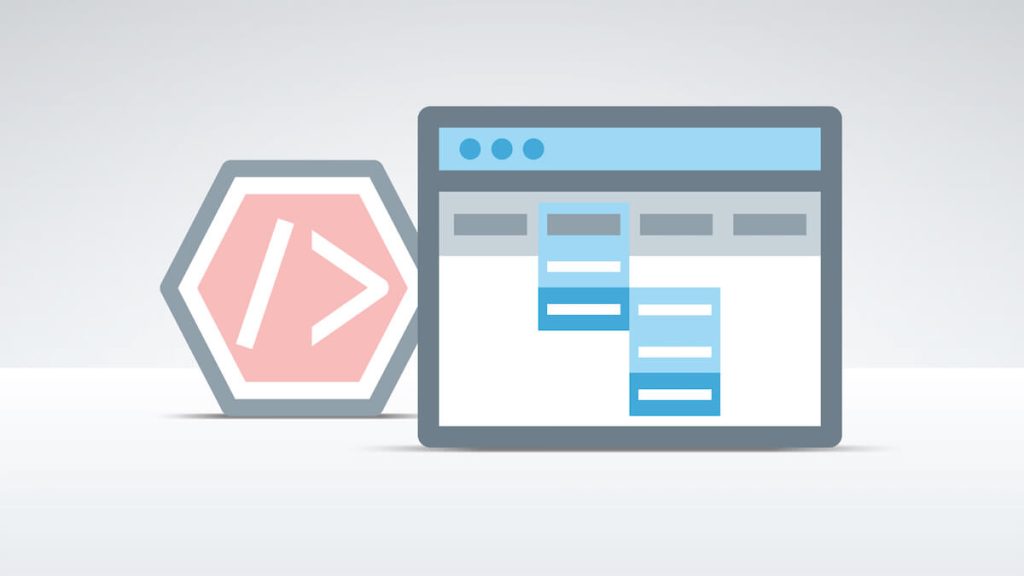Table of Contents
ToggleSeemingly insignificant details have a significant effect. Your website navigation is an incredible model. The structure and marks of your navigation can hugely affect results. Here’s the reason:
Navigation influences traffic: how high you’ll rank; how much traffic you’ll get from search.
Navigation influences changes: how simple the site is to utilize, what level of guests convert into leads and customers.
Here is an agenda for website navigation best practices. These are design thoughts and tips alongside instances of what to do (and what not to do) with your website’s menu.
1. Be Unmistakable
“What we do” doesn’t say what you do. Neither does “Items,” “Services,” or “Arrangements.” Descriptive navigation that utilizations key phrases is better for two reasons. Here are the place SEO Services and transformations come in.
Clear marks in your navigation are useful for search engines.
The navigation bar is a crucial spot to show signs to search engines. Since your navigation appears on each page, the illustrative mark shows Google that you are genuinely about that theme.
Descriptive names in your navigation are useful for guests.
Your navigation bar is outwardly conspicuous, so it conveys immediately. At the point when it records your principle items or services, it will be self-evident, initially, what your company ups front, so they’ll know they’re in the ideal spot.
Utilize your primary navigation as a spot to start enlightening individuals and search engines regarding what you do. Use marks that utilization top-of-mind phrases for guests and mainstream keywords, as indicated by the Google Keyword Tool.
If you have one page posting the entirety of your services, it will never rank. That is because it’s not concentrating on one subject. Each page on your website gets an opportunity of positioning, as long as it’s centered around a point on a keyword.

2. Keep Away from Format-Based Navigation
Navigation names, for example, “videos,” “photographs,” and “white papers,” tell guests the format of the content, but not the theme. Individuals don’t go to websites searching for videos or whitepapers. They visit websites searching for answers and information.
Marks showing the format aren’t expressive and, therefore, not exceptionally supportive to guests. That is the reason we here suggest against utilizing format-based navigation.
Users enthused about a precise point, for the most part, couldn’t mind less in what format the information will be passed on to them; they are revolved only around finding answers that will address the request they had as a primary need.
3. Maintain a Strategic Distance from Dropdown Menus
Mainstream, yes. But not a smart thought. Dodging dropdown menus is useful for two reasons:
Useful for search engines: Dropdown menus can be complicated for search engines to slither. Contingent upon how they’re customized, they may prompt issues.
Useful for guests: Usability examines show that dropdown menus are irritating. Here’s the reason: guests move their eyes a lot quicker than they move their mouse. At the point when they move their mouse to a menu thing, they’ve likely previously chosen to snap, and then you gave them more options. It’s a hiccup in the psyche of the guest.
All the more significantly, dropdowns urge guests to avoid significant pages. If you’re utilizing dropdowns, you can without much of a stretch, see this issue in your investigation.
4. Limit the Number of Menu Things to Seven
A few websites have many connections on the landing page. That is terrible. Constraining the number of contacts in your primary navigation is useful for reasons.
Fewer things in your navigation are useful for search engines.
Your homepage has the most “authority” with search engines since a more significant number of destinations connect to your website than to your inside pages. This power streams down to more profound pages through your navigation.
If your homepage has vast amounts of connections, this weakens the authority went from it down to your inside pages. This reduces the probability that your interior pages will rank.
Use SEO Plan for overseeing such issues.
5. The Request for Your Website Navigation is Significant
The quantity of things matters, but so requests those things.
In website navigation, much the same as any rundown, things toward the start and the end are best, since this is the place consideration and maintenance are most noteworthy. It’s known as the sequential position impact, and it consolidates to subjective predispositions:
Supremacy impact: Items toward the start of a rundown are all the more effectively recalled.
Regency impact: Items toward the finish of a rundown (or things that happened) are all the more effectively recalled.
For this explanation, anything we put toward the start or end of our navigation turns out to be progressively unmistakable. We should put those things that are generally essential to our business and our guests in these spots.
6. The Most Effective Method to Enhance Your Website’s Navigation
Designing your navigation is the start, not the end. Digital ink is rarely dry. Half a month in the wake of making your navigation, you can utilize Analytics to think back and do a touch of assessment.
Two reports will give you which your guests generally utilize navigation things. One is the “navigation synopsis” or “in-page” see in the Behavior report. The others are the Behavior Flow/User Flow reports.
In-page Analytics shows minimal orange boxes by every one of your navigation things, demonstrating what level of guests went to each page from any page. It’s off base and deluding for a few reasons. It’s additionally somewhat surrey.
7. Website Navigation on Cell Phones
The megatrend of responsive web design has carried with it versatile navigation best practices and standards. It very well may be summarized in two words: “burger symbol.”
It’s a symbol made up of three short even lines, speaking to a menu. But it looks somewhat like a sandwich, so individuals consider it the burger symbol. It appears in the upper right of versatile websites, and clicking it uncovers the navigation menu.


